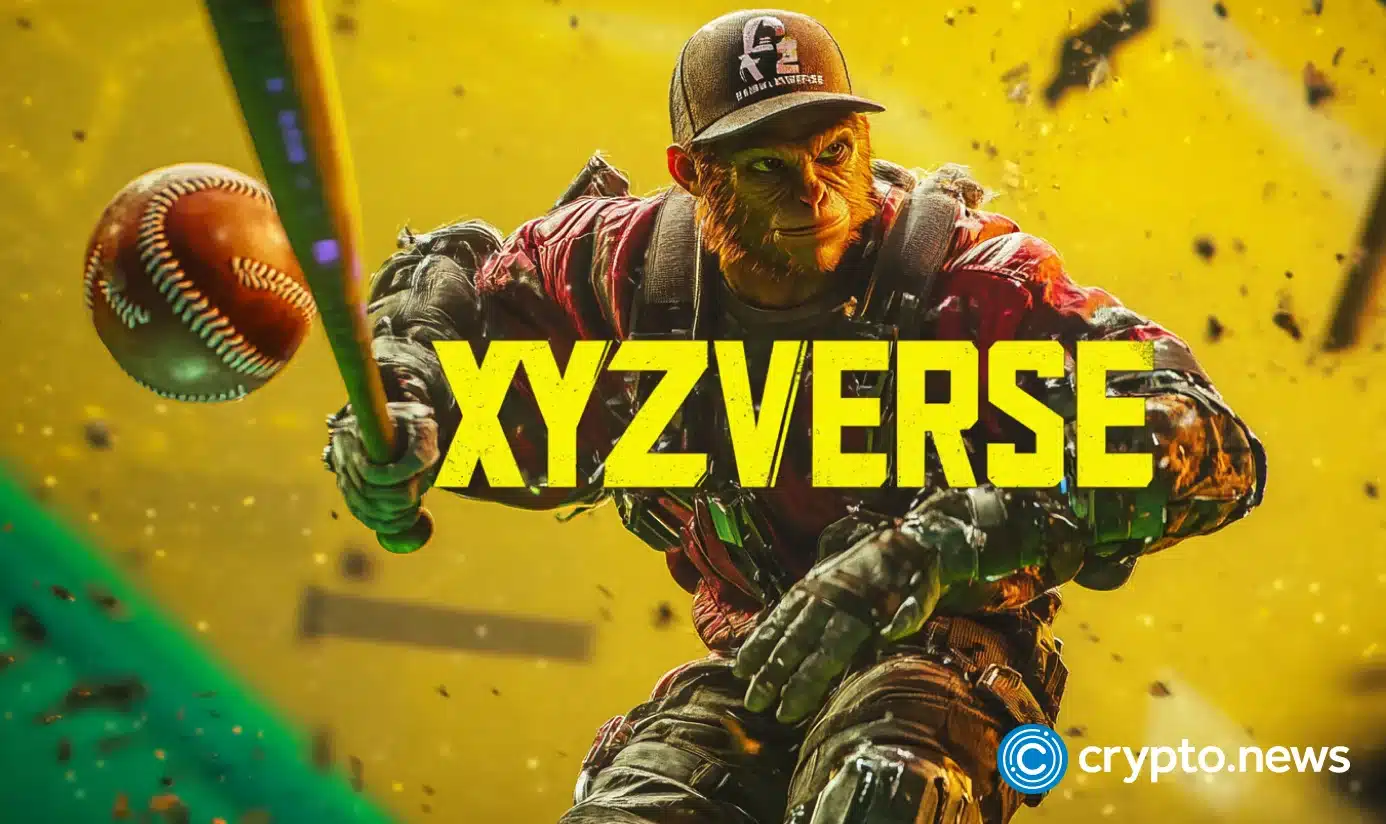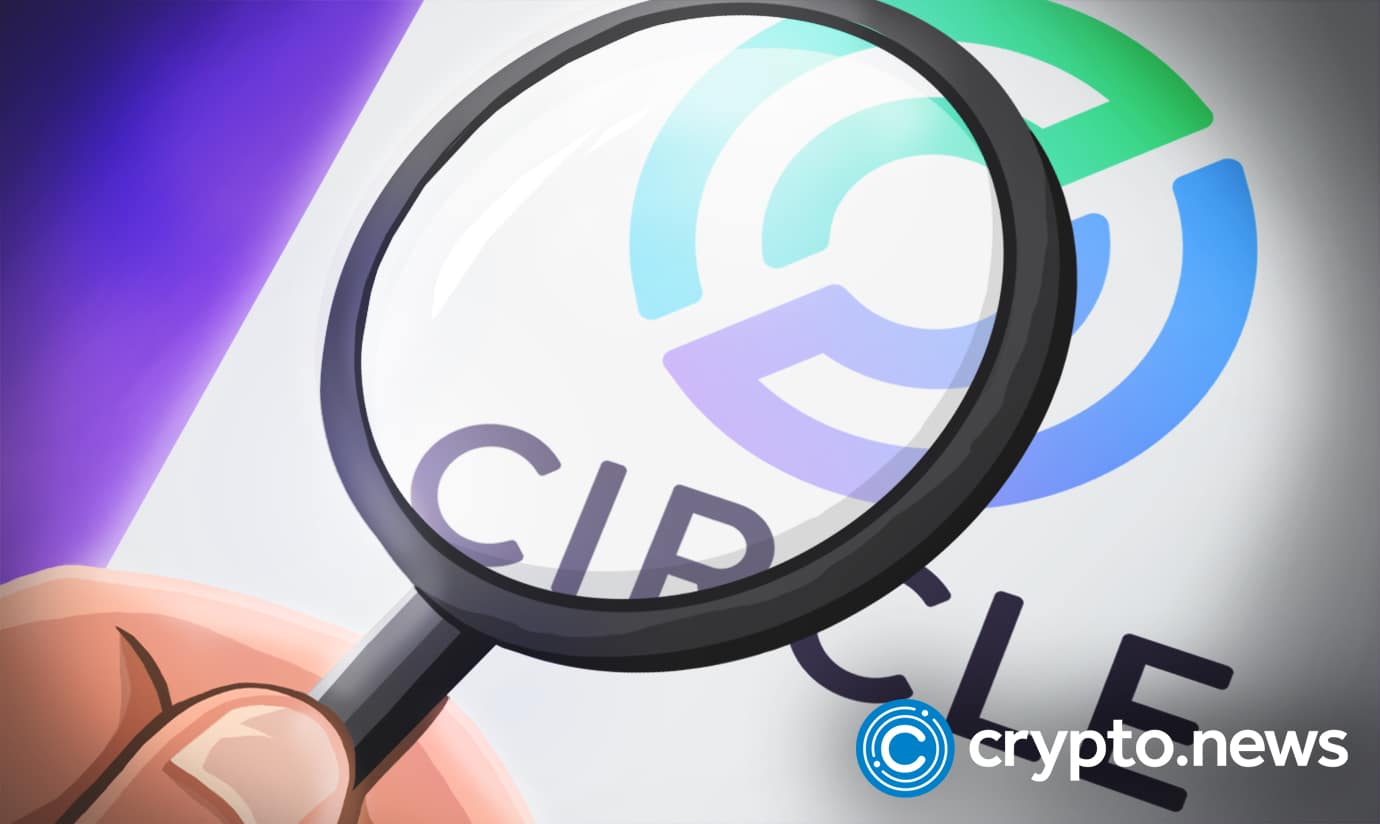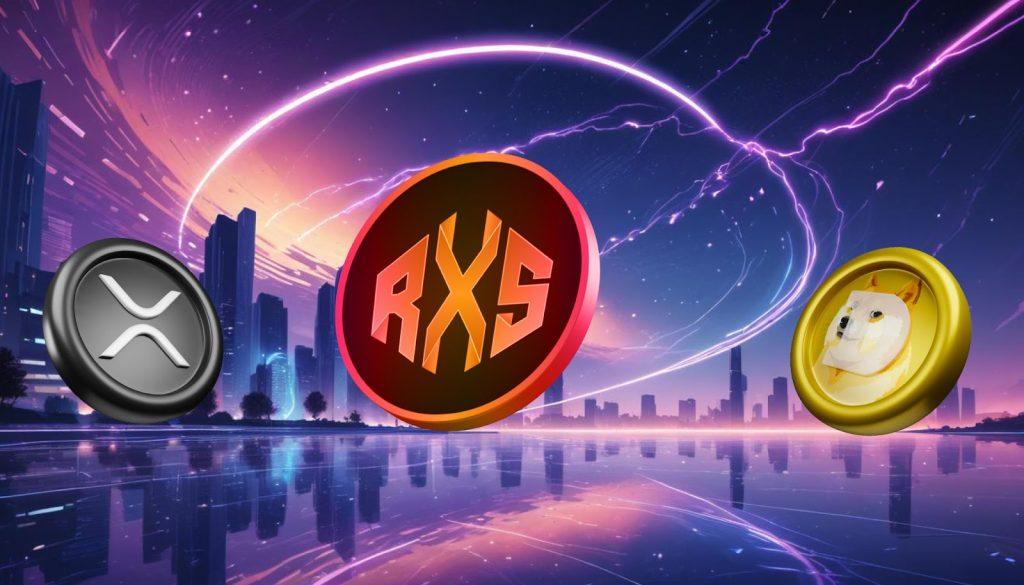Natural disasters and humanitarian crises strike without warning, leaving communities in urgent need of help. Often, governments, charities, and international organizations come together to provide food, shelter, and medical supplies. However, managing funds and ensuring fair aid distribution can be a real challenge. This is where new technology steps in. Blockchain disaster relief solutions are changing the way emergency aid is delivered around the world.
Let’s explore how blockchain technology can support faster, fairer, and more transparent aid distribution during disasters.
The Challenges in Traditional Disaster Relief
When disasters happen, funding pours in from donors worldwide. However, managing these resources is often complicated. There are many reasons for this:
- Lack of transparency about where the money goes.
- Corruption and theft in the aid supply chain.
- Delays caused by multiple middlemen.
- Difficulty tracking donations in remote or unstable areas.
- Mismatches between what is needed and what is sent.
These problems can result in wasted resources and leave victims without the help they desperately need.
How Can Blockchain Help?
In blockchain disaster relief, this technology is used to record donations, track supplies, and manage aid distribution. It ensures every step in the process is visible and verifiable.
Key benefits of blockchain in disaster relief:
Traditional Aid System | Blockchain-Powered System |
Complex paperwork | Simple, digital records |
Funds pass through many hands | Direct transfer to recipients |
Prone to corruption | Transparent and tamper-proof |
Slow distribution | Faster, automated processes |
This makes it easier to manage crisis funding and make sure it reaches the people who need it most.
Tokenized Donations: A Modern Way to Give
Another interesting concept in humanitarian tech is tokenized donations. Essentially, this means turning donations into digital tokens on the blockchain. Tokens can then be traced, monitored, and used in approved locations, like a refugee camp or relief center.
Benefits of tokenized donations:
- Donors can see exactly where their money is used.
- Tokens can be restricted for specific needs, like food or medicine.
- Reduces the risk of theft or misuse.
- Speeds up the delivery of resources to affected communities.
For example, a charity could issue tokens for clean water that can only be exchanged for water at verified supply points. This makes the entire aid process cleaner, safer, and more accountable.
How Blockchain Enables Transparent Aid Distribution
One of the biggest strengths of blockchain disaster relief projects is transparent aid management. Here’s how it works step-by-step:
- Donations Recorded: Every donation is registered on the blockchain.
- Funds Allocated: Donations are assigned to verified relief projects.
- Supplies Tracked: Aid supplies are monitored from source to delivery point.
- Recipient Verified: Beneficiaries are confirmed through secure IDs or biometrics.
- Transaction Completed: The delivery is recorded, and donors can check where their funds went.
This clear process reduces delays and eliminates the chance for middlemen to tamper with records. It also boosts donor confidence since they can follow their contribution’s journey in real-time.
Real-World Examples of Blockchain in Disaster Relief
Several organizations have started using blockchain disaster relief systems with impressive results:
- The World Food Programme (WFP) ran a project called Building Blocks to deliver aid to Syrian refugees using blockchain technology. It reduced costs and improved food security.
- GiveTrack by BitGive allows donors to track funds and see project outcomes transparently.
- Disberse is a fund management platform that distributes humanitarian funds faster and with better reporting.
These projects show that blockchain can be a reliable, efficient, and secure option for crisis funding and humanitarian aid.
The Future of Humanitarian Tech in Crisis Response
With every passing day, humanitarian tech will play a more significant role in responding to emergencies. Blockchain, combined with mobile apps, digital identification, and data analysis, can potentially construct an entire digital aid system. This would allow relief agencies to make faster decisions, reduce fraud, and get aid to victims faster.
Challenges remain, including internet access in disaster zones and digital literacy among affected populations. But the potential benefits greatly outweigh these challenges.
In the future, blockchain disaster relief platforms can become an international norm for open aid management in crises.
Disasters highlight humanity’s greatest strengths, yet they also lay bare weaknesses in traditional aid mechanisms. Blockchain disaster relief offers a thrilling solution to these age-old problems.
This new humanitarian technology model ensures open transparency in the distribution of aid, reduces delays, and maximizes trust among donors and recipients. It is a smart, high-tech device that can be the difference when every second counts.
As more agencies embrace this technology, it could transform how the world responds to disasters for good.
Remember, investing in cryptocurrencies involves risks, and it’s important to conduct thorough research and seek professional advice before making any financial decisions. (Please keep in mind that this post is solely for informative purposes and should not be construed as financial or investment advice.)
















 English (US) ·
English (US) ·